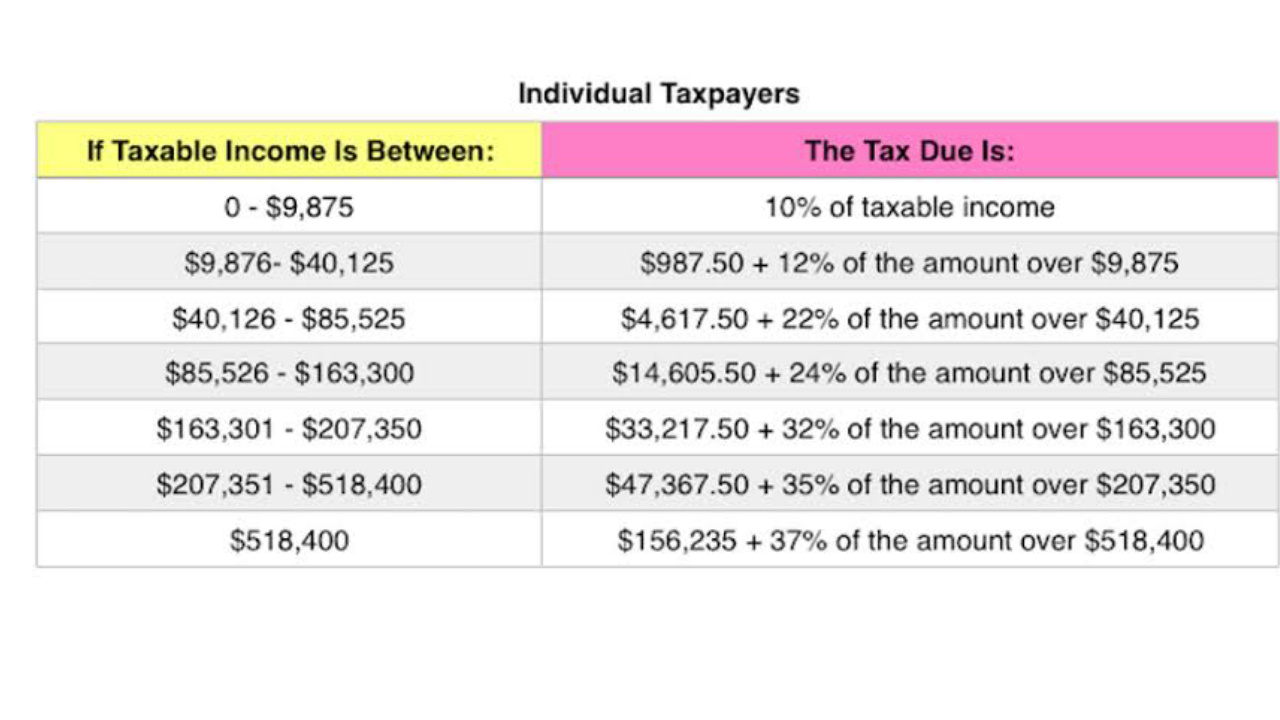

This group of taxpayers paid $49.8 billion in taxes, or roughly 3 percent of all federal individual income taxes in 2017. In 2017, the bottom 50 percent of taxpayers (those with AGI below $41,740) earned 11.3 percent of total AGI. High-Income Taxpayers Paid the Majority of Federal Income Taxes

Source: IRS, Statistics of Income, Individual Income Rates and Tax Shares (2019). “Income split point” is the minimum AGI for tax returns to fall into each percentile. Summary of Federal Income Tax Data, 2017 Note: Table does not include dependent filers. The share of income earned by the top 1 percent rose from 19.7 percent in 2016 to 21.0 percent in 2017, and the share of the income tax burden for the top 1 percent rose as well, from 37.3 percent in 2016 to 38.5 percent in 2017.

The average individual income tax rate for all taxpayers rose from 14.2 percent to 14.6 percent. Taxes paid rose to $1.6 trillion for all taxpayers in 2017, an 11 percent increase from the previous year. There were 2.4 million more tax returns filed in 2017 than in 2016, and average AGI rose by $4,232 per return, or 5.8 percent. Total AGI grew $780 billion from 2016 levels, significantly more than the $14 billion increase from 2015 to 2016. On 143.3 million tax returns in 2017, the last tax year before the Tax Cuts and Jobs Act took effect. It is a broad measure that includes income from wages, salaries, interest, dividends, retirement income, Social Security benefits, capital gains, business, and other sources, and subtracts specific deductions. Taxpayers reported $10.9 trillion in adjusted gross income (AGI) Adjusted gross income (AGI) is a taxpayer’s total income minus certain “above-the-line” deductions. Reported Income Increased and Taxes Paid Increased in 2017 The top 1 percent of taxpayers paid a 26.8 percent average individual income tax rate, which is more than six times higher than taxpayers in the bottom 50 percent (4.0 percent).The top 1 percent paid a greater share of individual income taxes (38.5 percent) than the bottom 90 percent combined (29.9 percent).In 2017, the top 50 percent of all taxpayers paid 97 percent of all individual income taxes, while the bottom 50 percent paid the remaining 3 percent.Their share of federal individual income taxes rose to 38.5 percent, from to 37.3 percent in 2016. The share of reported income earned by the top 1 percent of taxpayers rose to 21 percent, from 19.7 percent in 2016.In 2017, 143.3 million taxpayers reported earning $10.9 trillion in adjusted gross income and paid $1.6 trillion in individual income taxes.individual income tax continues to be very progressive, borne primarily by the highest income earners. Year 2017, showing the number of taxpayers, adjusted gross income, and income tax shares by income percentiles. Though barely 100 years old, individual income taxes are the largest source of tax revenue in the U.S.Įs for tax A tax is a mandatory payment or charge collected by local, state, and national governments from individuals or businesses to cover the costs of general government services, goods, and activities. The Federal Income Tax was established in 1913 with the ratification of the 16th Amendment. imposes a progressive income tax where rates increase with income. Has released data on individual income tax An individual income tax (or personal income tax) is levied on the wages, salaries, investments, or other forms of income an individual or household earns. Department of the Treasury and is responsible for enforcing and administering federal tax laws, processing tax returns, performing audits, and offering assistance for American taxpayers. The Internal Revenue Service (IRS) The Internal Revenue Service (IRS) is part of the U.S.


 0 kommentar(er)
0 kommentar(er)
